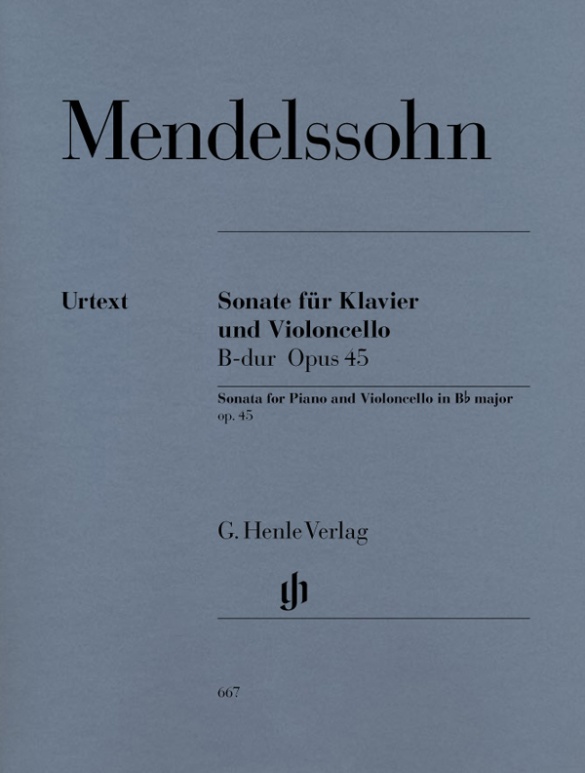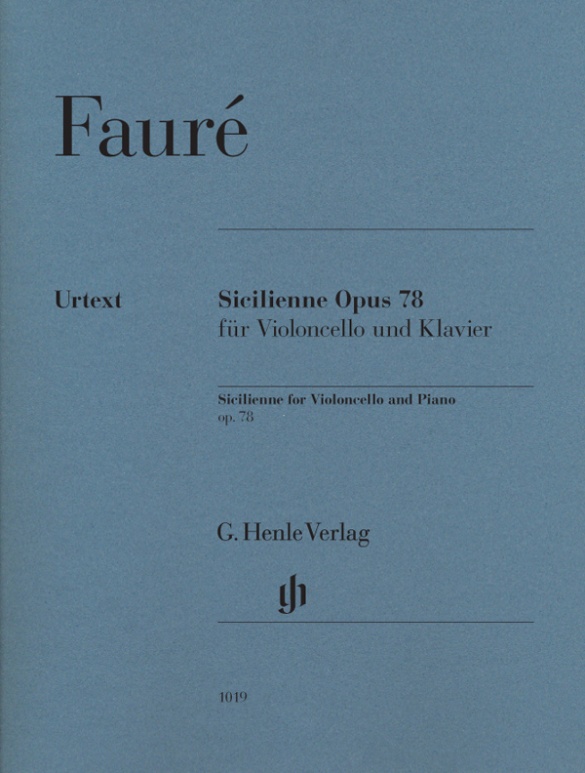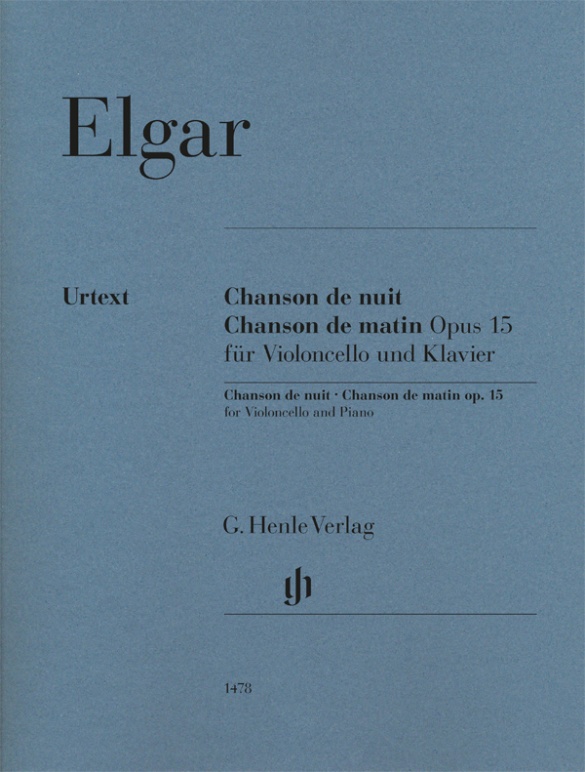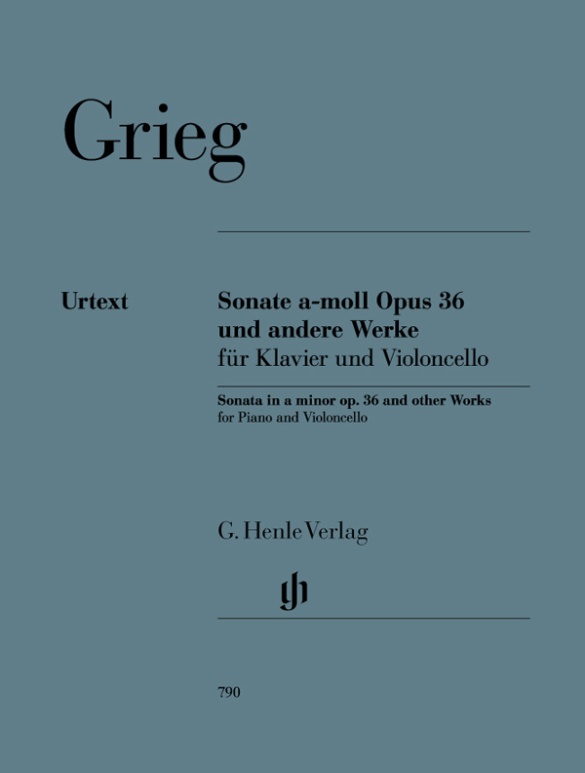

Edvard Grieg
Violoncello Sonata a minor op. 36 and other Works for Piano and Violoncello
Edvard Grieg’s only Cello Sonata remains one of the best kept secrets among cellists. Grieg wrote it for his brother John, an accomplished player of the instrument. Though not a string player himself, by seeking advice during the compositional process Grieg was able to create an exhilarating piece that even advanced amateurs will be delighted to discover. Our edition also contains an early Intermezzo of 1866 as well as the first publication of Grieg’s own transcription of the Allegretto from his Violin Sonata op. 45, written as a birthday serenade for his brother John.
Content/Details
(Explanation)
About the Composer
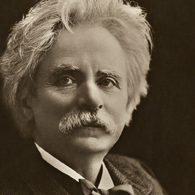
Edvard Grieg
Most important Norwegian composer of the nineteenth century and promoter of Norwegian folk music. His lyrical character pieces in particular are well known.
| 1843 | Born in Bergen on June 15, the son of a merchant and British consul; early piano lessons with his mother, who was a pianist. |
| 1858–62 | Studies at the Leipzig Conservatory. |
| 1862 | Concerts in Norway. |
| 1863 | Copenhagen, with the support of Niels W. Gade. |
| from 1864 | Interest in Norwegian folk music, which finds its way into his compositions. |
| 1866 | Breakthrough with a concert of Norwegian music. Conductor of the Philharmonic Society. |
| 1867 | The first of a total of ten volumes of Lyric Pieces for piano, Op. 12, with relatively simple piano settings. |
| 1868/69 | Composition of the Piano Concerto in A minor, Op. 16, which is based on Schumann’s piano concerto. |
| 1869 | “25 Norwegian Folk Melodies and Dances,” Op. 17, for piano. |
| 1873 | Begins work on the opera “Olav Trygvason,” Op. 50, after Bjørnson, which is never completed. |
| 1874 | Composition stipend from the state. |
| 1874/75 | Composition of incidental music to Ibsen’s “Peer Gynt,” Op. 23, the basis for the Peer Gynt Suites. |
| 1876 | Attends the premiere of Wagner’s “Der Ring des Nibelungen” in Bayreuth. |
| 1880–82 | Conductor of the “Harmonien” musical society in Bergen. Thereafter he accepted no other positions. |
| 1883 | Visit to Bayreuth; he hears Wagner’s “Parsifal.” |
| 1884 | Composition of “From Holberg’s Time,” Op. 40, his most popular work. |
| from 1885 | He moves into his villa “Troldhaugen” (near Bergen). Composition and revision of older works in spring and summer, concert tours in fall and winter. |
| 1891 | Composition of the “Lyric Suite,” Op. 54, orchestrated in 1905. |
| 1907 | Death in Bergen on September 4. |
About the Authors

Ernst-Günter Heinemann (Editor)
Dr. Ernst-Günter Heinemann, born in 1945 in Bad Marienberg (Westerwald), completed his schooling in Gießen and read musicology, philosophy and German in Marburg and Frankfurt/Main and also for some time Protestant church music. He did his doctorate on “Franz Liszts geistliche Musik. Zum Konflikt von Kunst und Engagement”.
From 1978–2010 Heinemann worked as an editor at G. Henle Publishers (in 1978 in Duisburg, from 1979 onwards in Munich). He edited a great many Urtext editions for the publishing house, including “Das Wohltemperierte Klavier”, Volume 1 by Bach and all of Debussy’s piano works. In addition, he wrote essays on Debussy, Grieg, Liszt, Mendelssohn and questions concerning general editing, as well as giving seminars on editorial practice for musicology students in Munich.
David Geringas (Fingering and bowing for Violoncello)
Product Safety Informations (GPSR)

G. Henle Verlag
Here you can find the information about the manufacturer of the product.G. Henle Verlag e.K.
Forstenrieder Allee 122
81476 München
Germany
info@henle.de
www.henle.com
The publisher here has done the public a great service in making available these unfamiliar works by Norway’s most illustrious composer. … Whilst these three works are unlikely to usurp the popularity of those that already hold a grip on the established repertoire there is surely an opportunity here for cellists to give them an occasional airing.
Music Teacher, 2006Bei Urtextausgaben von Werken des Konzertrepertoires sind Fingersätze nicht angebracht. Für einmal wird hier dieses Prinzip zu Recht umgestossen: Jede Cellistin, jeder Cellist wird mit Interesse David Geringas über die Schulter gucken und sich von den klaren Bezeichnungen, die alles Überflüssige vermeiden, gerne überzeugen lassen.
Schweizer Musikzeitung, 2006Henle Urtext, on the other hand, are renowned for their faithful and well researched editions and with this new offering of the sonata, we are indeed presented with a refreshing and authentic score, laid out with trademark simplicity and subtle guidance.
Stringendo, 2006Entre violoncellistes, elle est toujours un “bon tuyau”: l’unique Sonate pour violoncelle d’Edvard Grieg, … cette Sonate pleine de brio représente une authentique découverte pour l’amateur avancé.
Crescendo, 2006Up to now there have been only two options when buying a score of Grieg’s Cello Sonata (dedicated to his older brother John, a talented cellist:) … Now there is a third and best choice – Henle Urtext.
The Strad, 2006)recommendations
autogenerated_cross_selling
Further editions of this title
Further editions of this title


